Embark on an exciting educational adventure with Ozobot as we unveil 10 curriculum-aligned lessons designed to make coding a seamless and engaging part of your classroom experience. Discover how Ozobot transforms the traditional classroom into a hub of creativity, critical thinking, and future-ready skills!
1) I See, Ozobot Sees
Students explore how Ozobot understands its environment and how this system compares to ours.They observe the cause and effect relationship of how Ozobot responds to its environment. Students process and reflect on this experience by recording observations in a journal. To experiment with what they have learned and to demonstrate understanding, they will create an environment that Ozobot can understand.
Age Range: KS1
2) Pollination Garden
In this lesson, students create an interactive model of a flower garden to demonstrate how animals help with pollination. Afterwards students collect data about the flowers pollinated using Colour Codes.
Age Range: KS2
3) Landform Adventure Race
Students identify different landforms to help Ozobot plan for an adventure race along with the order it will see them in. Then students add pictures to a map to sequence the race, and Colour Codes to program Ozobot to complete the race in 30 seconds.
Age Range: KS2
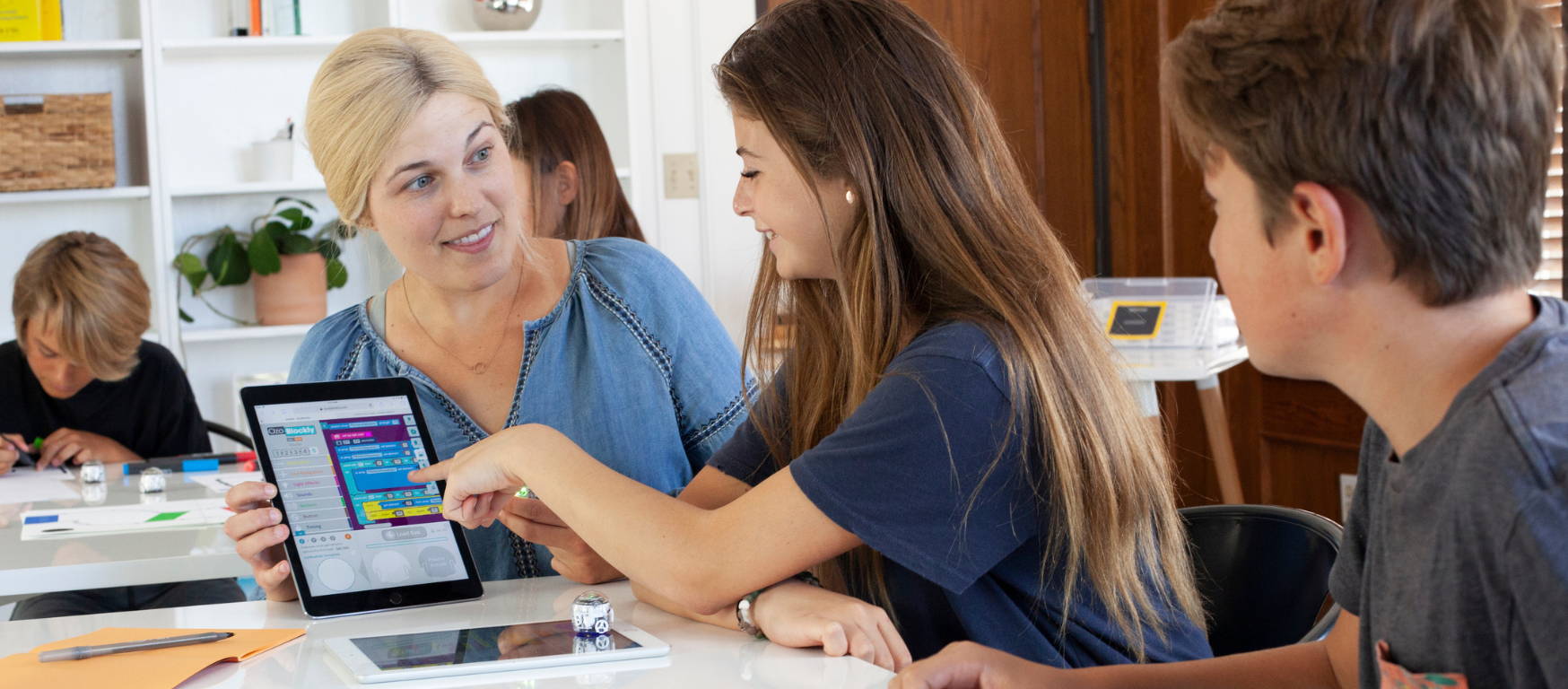
4) What’s the Object?
Students use lines and Colour Codes to program their bot to randomly choose an object. Students create a 2D model of the object by putting paper shapes together.
Age Range: KS2
5) Changes in Matter Match-Up
Students use context clues to identify different examples of matter that change by heating and cooling. Students draw pictures and program their bot to demonstrate how some changes can be reversed and some cannot.
Age Range: KS2
6) Life Cycles with Ozobot
Bots and biology! In this science lesson, students will create interactive diagrams to show the life cycles of two different organisms. Students will then compare and contrast the two different life cycles.
Age Range: KS2

7) Energy Road Trip
A road trip turned ‘code trip!’ Students will use line following and Colour Codes to program their bot to mimic a car to demonstrate potential energy and changes in kinetic energy.
Age Range: KS2
8) A Year in Constellations
In this space-themed activity, students will draw a model of a constellation by plotting the points of the stars, connecting the stars with markers, and incorporating at least three Colour Codes in their constellation drawing for their bot to follow.
Age Range: KS2
9) Engineering Design Process Lesson 1
In this lesson, students will apply the Engineering Design Process and identify criteria versus constraints to guide their bot from the top of a page to the bottom of a page.
Age Range: KS3
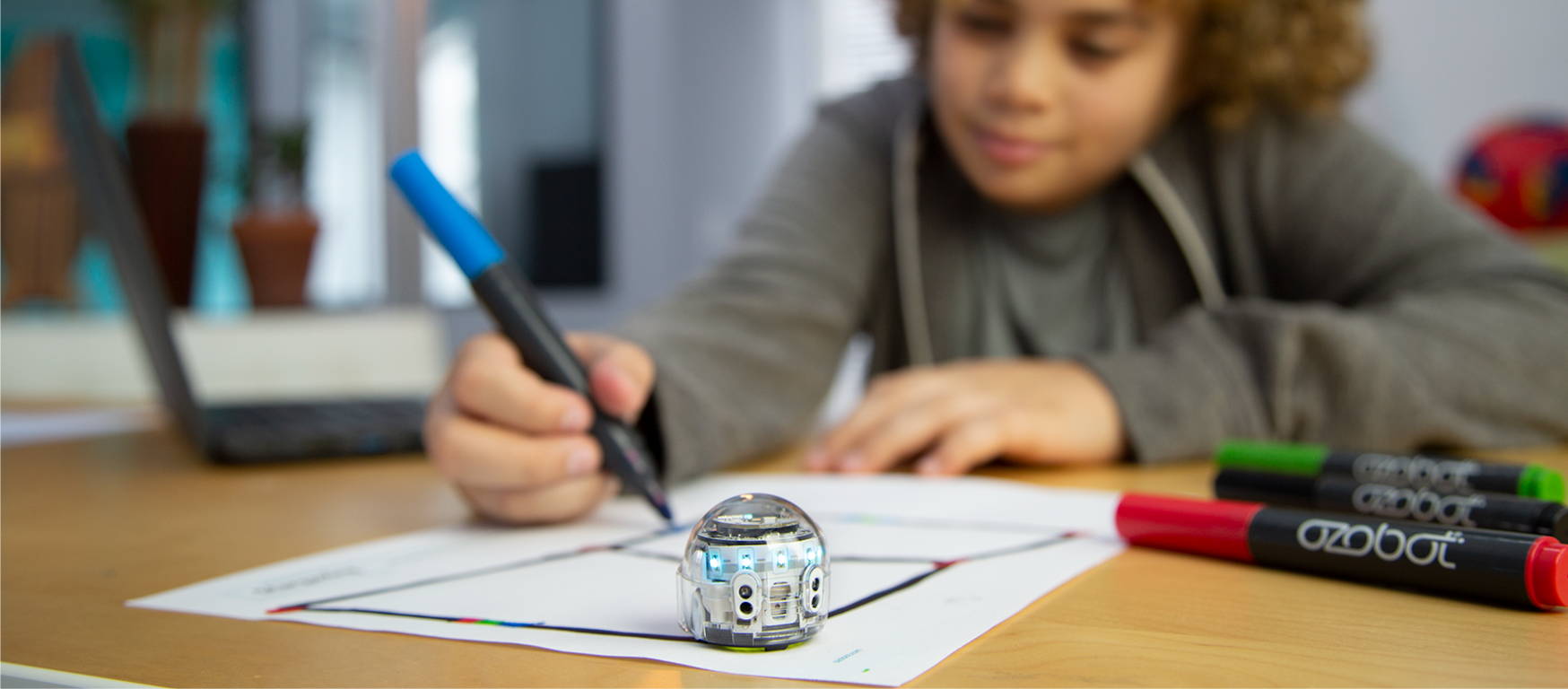
10) Eclipses and Celestial Mechanics
Discover the magic of eclipses, lunar phases, and celestial mechanics (changing speeds of orbiting bodies) using robots on a simple map based on the Moon’s orbit around Earth. Even with little programming experience, a class can create a demonstration of eclipses with two bots and a flashlight, then create a map of the changing speeds of an orbiting body with simple Colour Codes.
Age Range: KS3 & KS4


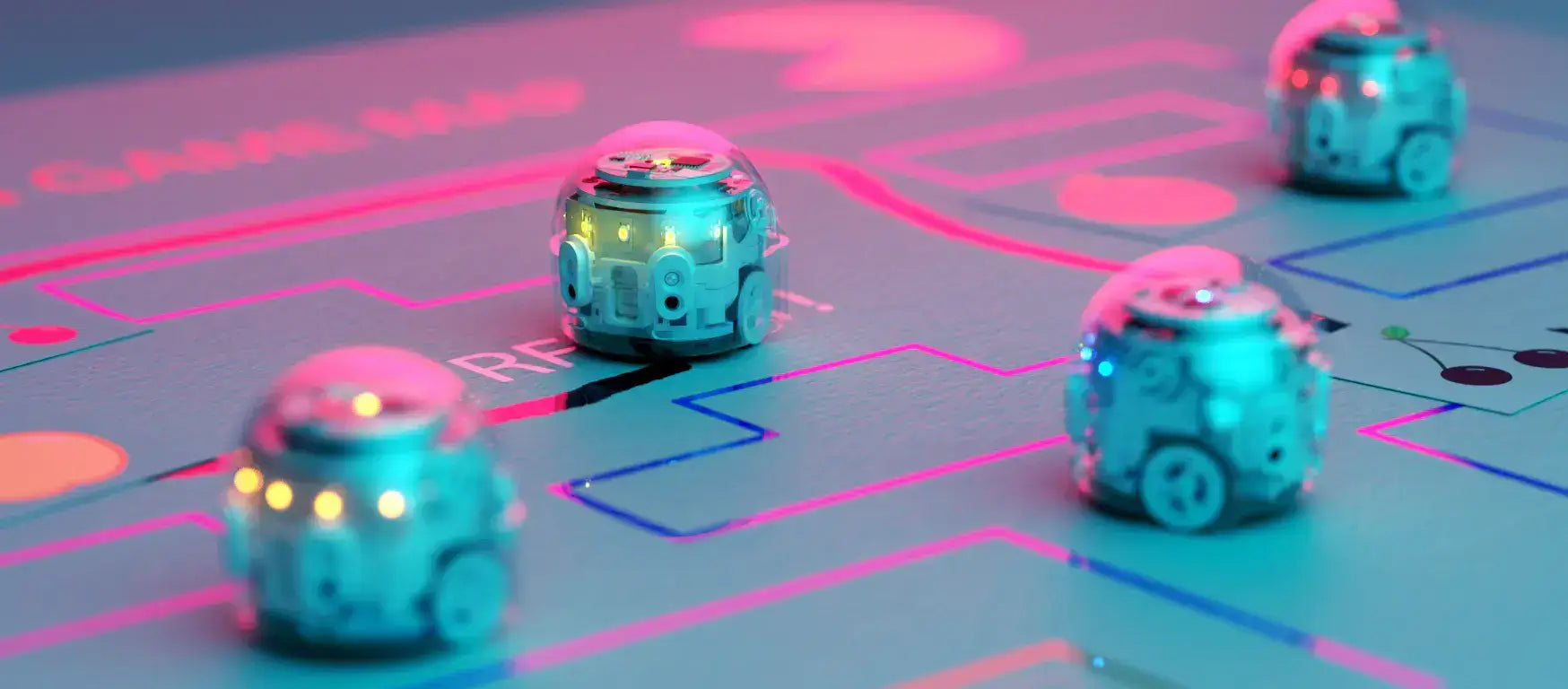

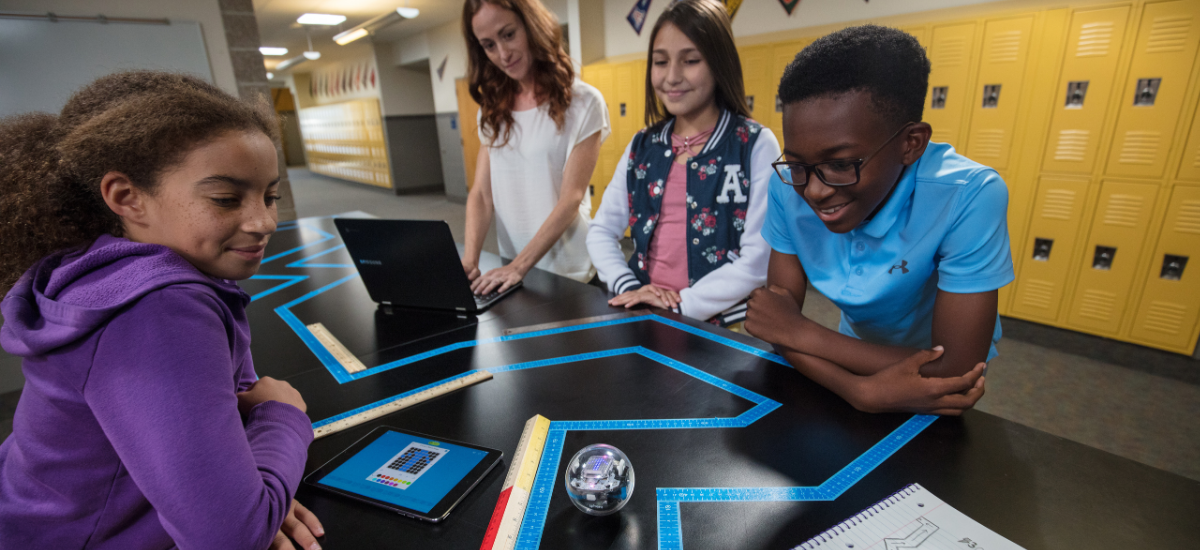
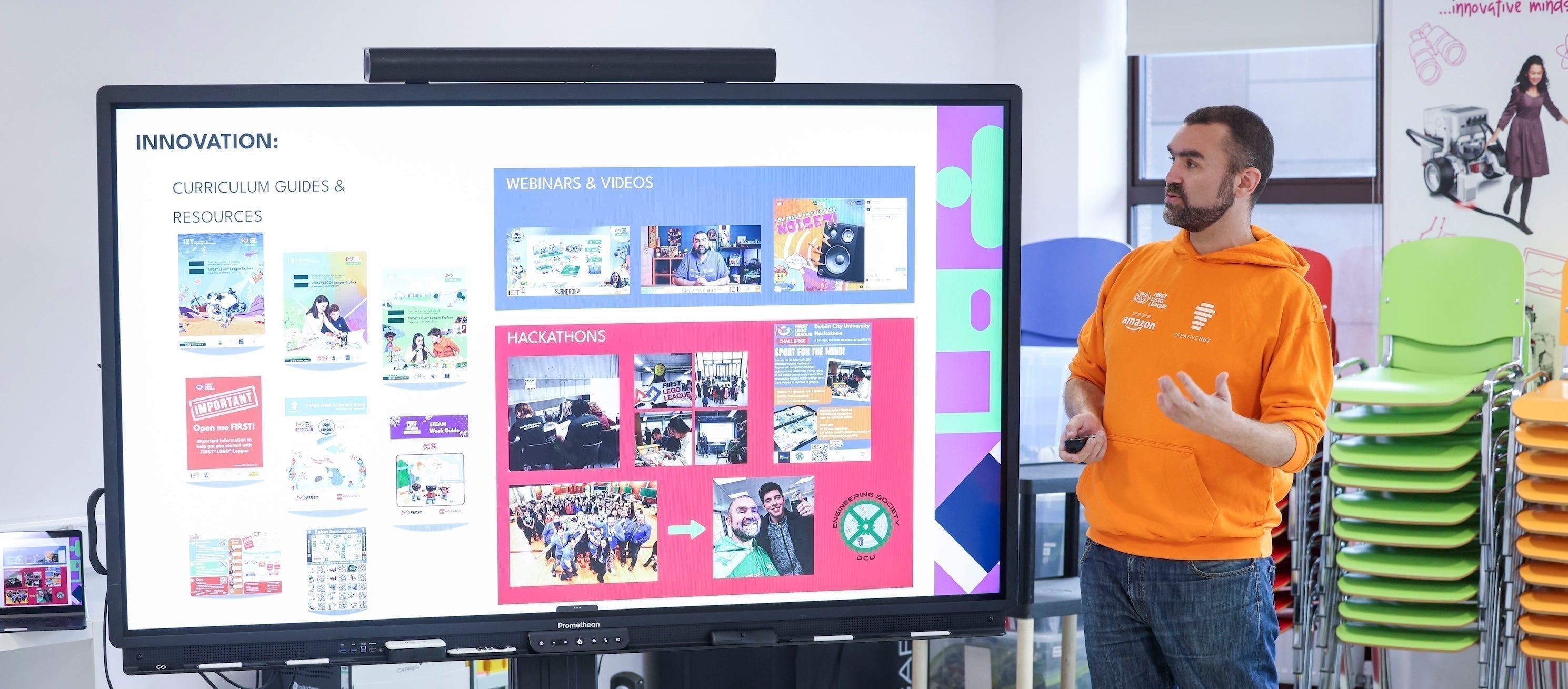
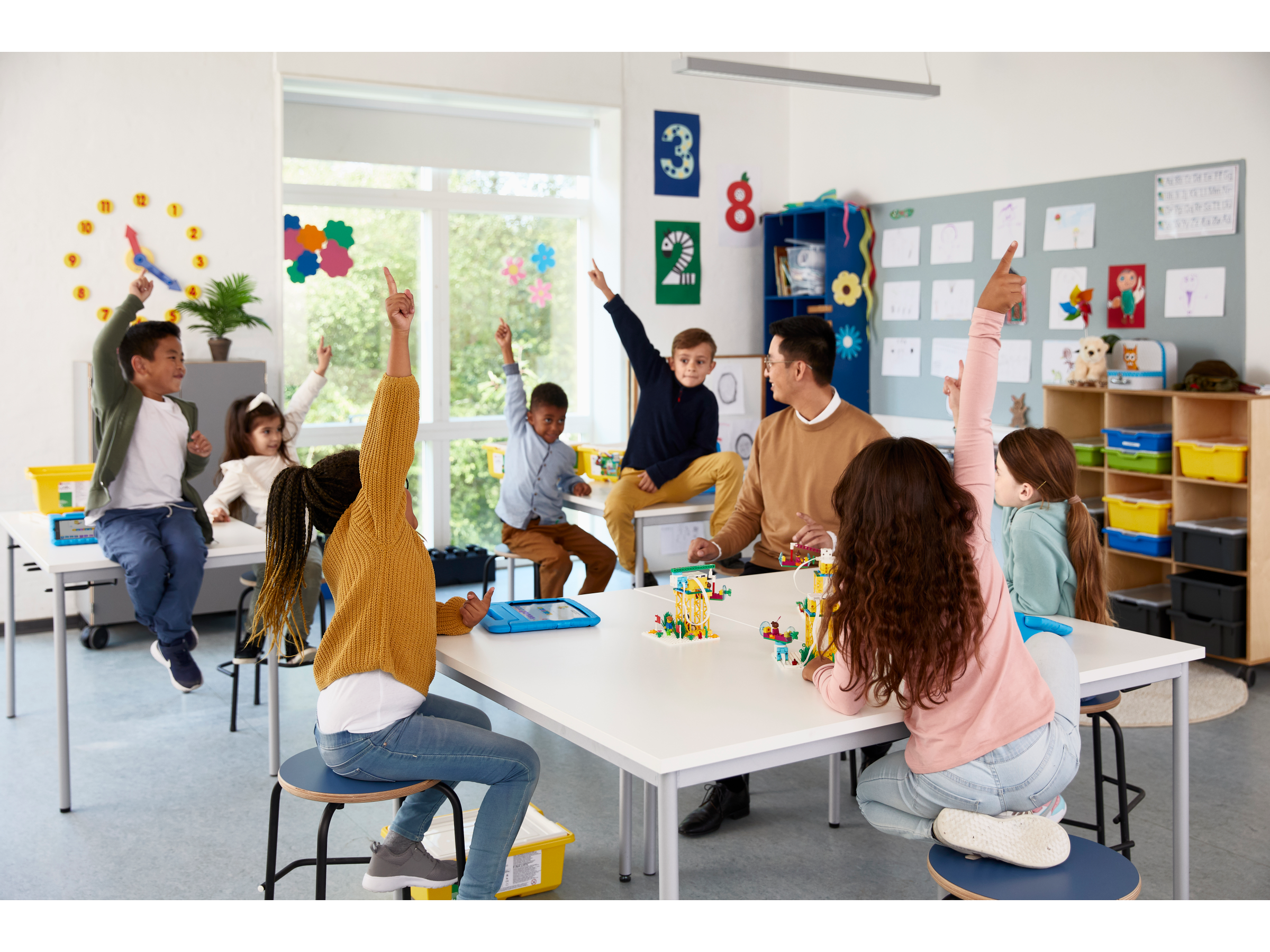
Share:
5 Engaging Key Stage 3 STEAM Activities Using LEGO Education Spike Prime
Getting to Know The Easy-to-Use Electronic Building Blocks - LittleBits